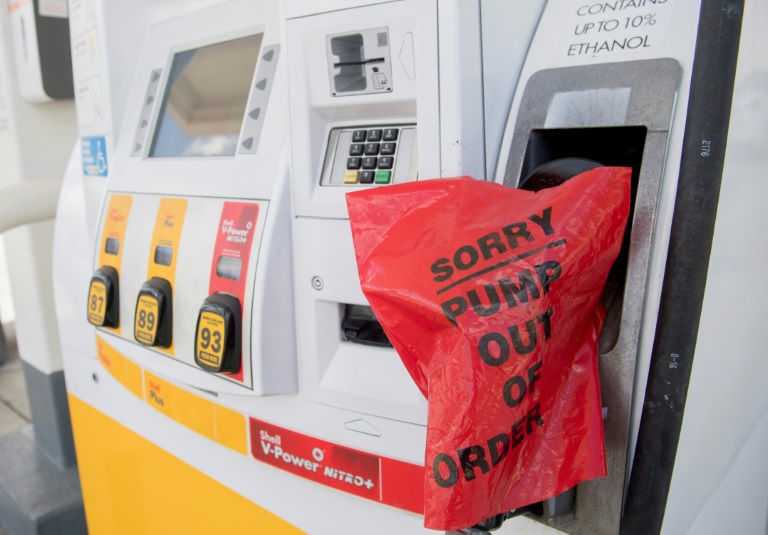In a state home to more than 20 million people, Governor Rick Scott warned residents on both coasts to be ready to get out before the monster storm strikes south Florida late Saturday.
Experts hope to avoid mass casualties by ushering residents out of the riskiest areas, in what could be the largest US evacuation since Hurricane Rita forced 3.7 million people to leave Texas and Louisiana in 2005.
Already, 31,000 people have already fled the Florida Keys chain of islands, and Scott warned people yet to evacuate to get out, fast.
“Look at the size of this storm. It’s huge. It’s wider than our entire state,” the governor told a press conference, warning of 10 feet (three meters) of storm surge, enough to reach the roofs of many homes.
“We can’t save you once the storm starts.”
More than 650,000 people in Miami-Dade County are being told to leave, after Miami Mayor Carlos Gimenez expanded the mandatory evacuation zone further inland along the southeast Florida coast — although many were expected to stay behind to try to protect their homes.

Motorists leaving Miami have found many gas stations cordoned off with yellow tape, signaling they were closed due to lack of fuel
In a sign of the growing alarm about the damage Irma could wreak, authorities in the neighboring state of Georgia also ordered the mandatory evacuation of the city of Savannah and other coastal areas, affecting more than 300,000 people.
And the US Air Force wasn’t taking any chances, moving dozens of aircraft — including 50 F-16 Fighting Falcons — from bases in Florida, South Carolina and Georgia out of Irma’s path.
In Miami Beach, people were filling the trunks of their cars with water and other provisions, and sharing contact information with neighbors as they prepared to hit the road.
“I have been through hurricanes before but this one is so huge,” said Robert McCleary, a 67-year-old retiree.
– Fuel shortage –
President Donald Trump voiced serious concern as Irma ripped across the Caribbean toward the US, declaring in the Oval Office: “We are with the people of Florida.”
Updated forecast track of Hurricane Irma, close-up on the Caribbean.
The only way to drive out of the Florida peninsula is northward, and motorists leaving Miami have found many gas stations cordoned off with yellow tape, signaling they were closed due to lack of fuel.
Lines of cars, some more than a dozen deep, snaked around those that remained open. Often those lines jutted into the main roadways, causing traffic to pile up.
“People are freaking out,” said Yasmine Herrera, a hair stylist who works south of Miami.
She told AFP she had experienced a tense standoff when two drivers blocked her in at a pump, each wanting to fill their tanks after her and each refusing to yield and allow her to exit. Eventually, one relented.
The governor acknowledged “issues” with fuel and said he had asked the White House and Federal Emergency Management Agency (FEMA) to waive rules and regulations in order to get as much fuel as possible into the state and ports.
He also called on state law enforcement to provide escort services for gas trucks.
– Traffic bottlenecks –
Traffic piled up on main highways, as cars heading north bottlenecked near the larger cities, including Miami, Fort Myers and Sarasota.
Elderly residents, those in small hospitals and people living in mobile homes were among the first to be evacuated.
People waited in line to purchase supplies outside a Home Depot store in Miami, as they prepared for Hurricane Irma
“Leave now. The roads are going to get worse the longer you wait,” warned Governor Scott.
He urged people to use apps like GasBuddy and Florida511 to check for open fuel stations and traffic conditions.
Scott said the utility giant Florida Power and Light would close its Turkey Point power plant, where twin nuclear reactors operate, “at some point.”
FPL said Hurricane Irma’s size and strength suggest that “much of Florida could be impacted by this major storm, resulting in extended power outages,” according to an email sent to customers.
“We are preparing for the possibility of having to rebuild our electrical infrastructure in the worst hit areas.”
Download our app